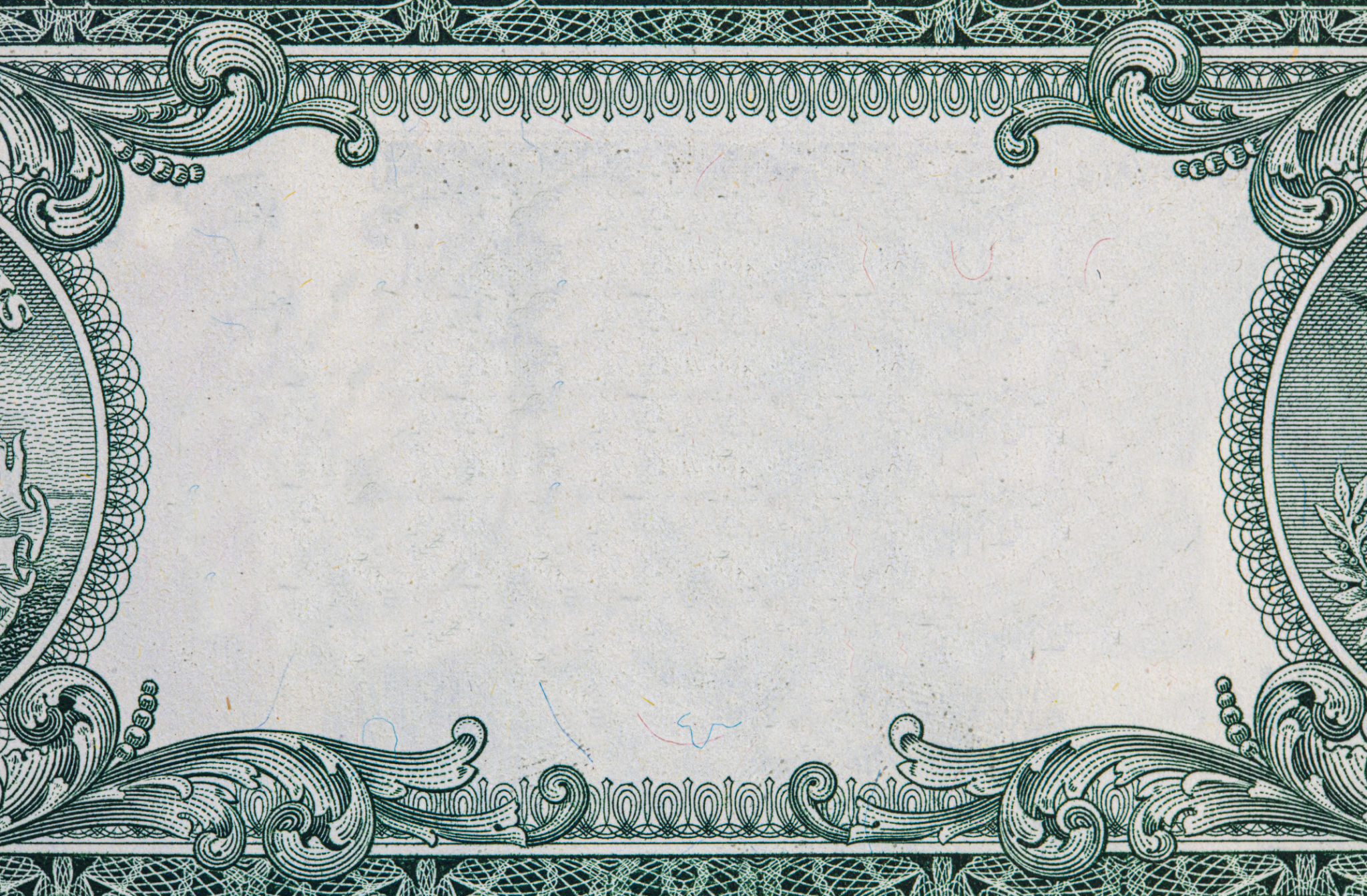10 DIY Graphic Design Tips for Small Businesses
Understanding the Basics of Graphic Design
Graphic design is an essential aspect of branding and marketing for small businesses. While hiring a professional designer can be beneficial, it's not always feasible for those with a limited budget. Fortunately, understanding some basic principles can help you create visually appealing designs that effectively communicate your brand message.
The key to successful graphic design starts with understanding the fundamental elements such as color, typography, and layout. Each element contributes to the overall look and feel of your designs, ensuring they resonate with your target audience.

Utilize Free Design Tools
In today's digital age, there are numerous free and user-friendly design tools available that can help you create professional-looking designs. Tools like Canva, GIMP, and Pixlr offer a wide range of templates and features that even beginners can easily navigate.
These tools often come with tutorials and guides to help you get started. By spending some time exploring these resources, you can enhance your design skills without incurring additional costs.
Prioritize Consistent Branding
Maintaining consistency in your branding is crucial to building brand recognition and trust. Ensure that your logo, color palette, fonts, and imagery align across all platforms, from social media to print materials.
Developing a brand style guide can be immensely helpful. This guide should include specific details about your color codes, font choices, and logo usage to ensure all your designs adhere to the same standards.

Leverage Typography Effectively
Typography plays a significant role in how your message is perceived. Choosing the right fonts can evoke certain emotions and enhance the readability of your content. Aim for a balance between creativity and readability by selecting no more than two or three complementary fonts.
Consider factors such as font size, line spacing, and alignment to make sure your text is easy to read. Remember, the goal is to communicate your message clearly and effectively.
Embrace White Space
White space, or negative space, is an often overlooked but vital component of good design. It refers to the empty areas around elements in a composition. Effective use of white space helps reduce clutter, improves readability, and guides the viewer's eye through the design.
Don't be afraid to leave areas of your design blank. Strategic use of white space can make your designs appear more professional and polished.

Experiment with Color Schemes
Color is a powerful tool in graphic design that can evoke emotions and influence perceptions. Experimenting with different color schemes can help you find the perfect combination that represents your brand's personality.
Use color theory to understand how different colors interact. Tools like Adobe Color can assist you in creating harmonious color palettes that enhance your designs.
Create Templates for Efficiency
Creating templates for commonly used designs such as social media posts, business cards, or flyers can save you time and ensure consistency. Templates allow you to focus on the content rather than the structure of each new design.
Once you've developed a few reliable templates, you can easily update them with new information or graphics as needed, streamlining your workflow.

Seek Feedback and Iterate
Feedback is invaluable when it comes to improving your design skills. Share your work with colleagues, friends, or online communities to gather insights on what works and what doesn't. Constructive criticism can guide you towards more effective design choices.
Be open to iterating on your designs based on the feedback you receive. Remember that design is a process, and continuous improvement will help you create more impactful visuals over time.
- Understanding Design Basics: Focus on color, typography, and layout.
- Leverage Free Tools: Utilize platforms like Canva for accessible design options.
- Maintain Consistency: Ensure brand elements are cohesive across mediums.
- Experiment with Colors: Use tools like Adobe Color for harmonious schemes.
